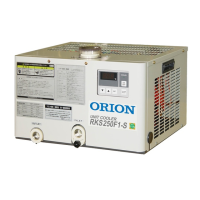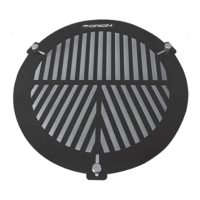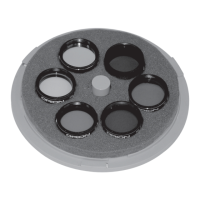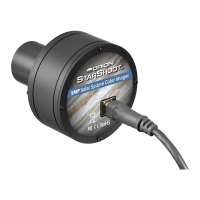11
Operating Procedures
Pre-operation Procedures
Pre-operation Procedures
■Checking the Water Level
Confirm there is water in the water tank.
Add water to the water tank. The amount of water should be at least the amount of water shown in
the following chart.
RKS250F1-S RKS400F1
Required water tank volume (L)
10 20
IMPORTANT
●If the amount of water is lacking, it could result in a high on / off cycling of the compressor,
which could result in damage to the compressor.
●Consult with a qualified specialist if the water tank capacity is too low or regarding
construction of an automatic water supply.
■Priming the Pump
1. Confirm that there is no dirt or other material
clogging the strainer assembly on the water intake
side of the water piping.
2. Wet the pump-priming port gasket with water
beforehand to make it slippery.
3. Slowly add water from the pump-priming port until
the water intake piping and pump are filled.
4. After filling, be sure to hand-tighten the
pump-priming port cap.
IMPORTANT
●Failure to prime the pump will cause the pump to run dry, preventing water from being chilled,
and it will also result in damage to the pump.
● Because of the strainer assembly, priming the pump is not required other than when the
product is operated the first time. However, the pump will need to be primed again, as was
done initially, after the water has been drained, after the pipes have been cleaned, or air
entering the water circuit.
● Priming water only needs to be added so that the water intake piping and pump are filled. Be
careful not to add water too vigorously or all at once. Doing so can cause a siphon effect to
occur, causing the water to be drawn out of the water outlet port, and preventing the water
from collecting where it is needed for priming.
● Do not loosen the priming water cap while the product is operating. Loosening the cap could
allow air to enter the pump, resulting breakdown due to running dry.
Pump-priming
ort ca
Pump-priming
port gasket
Pump-priming
port

